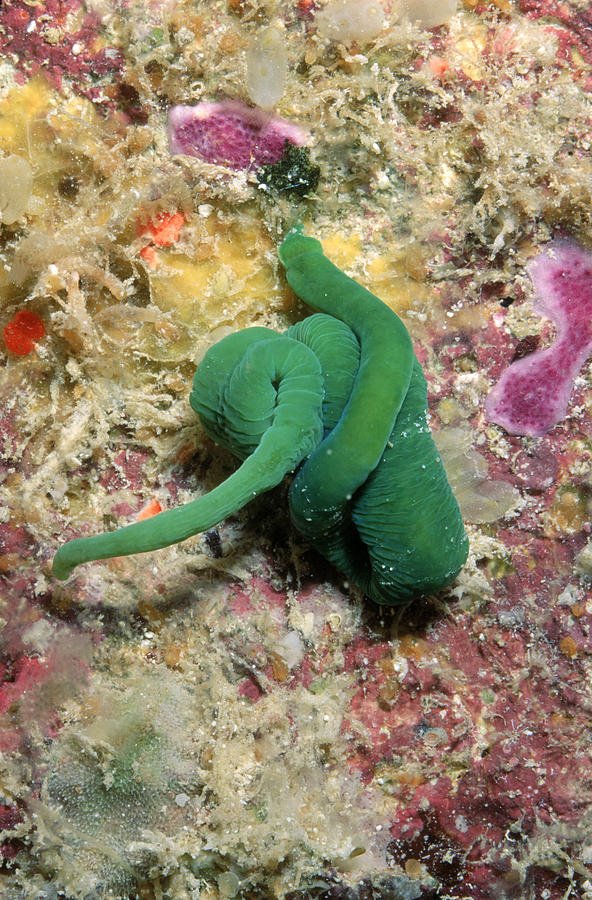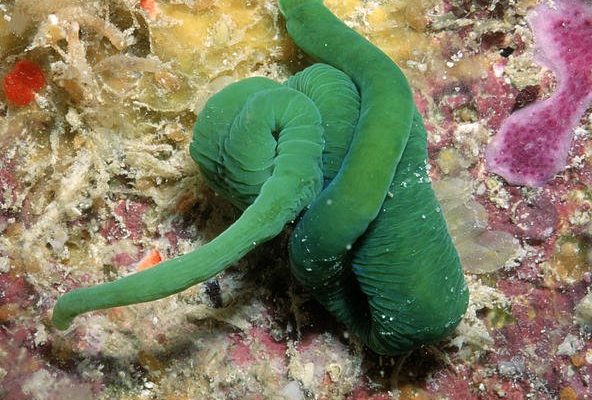
Embarking on this photographic journey involves a blend of patience, technique, and a pinch of curiosity. Ribbon worms, with their long, slender bodies and vibrant colors, are often found in coastal areas, wriggling in the sand or hiding under rocks. This article will guide you through the nuances of photographing these unique creatures, ensuring you get stunning shots that bring their world to life.
Understanding Ribbon Worms
Before diving into photography, it’s essential to know what ribbon worms are. Also known as nemerteans, these creatures can vary significantly in size and color, from a few millimeters to several meters long. They have soft bodies and are often bright hues of orange, pink, or green, which makes them quite photogenic when properly captured.
You might wonder why even bother photographing ribbon worms? Here’s the thing: they play a vital role in their ecosystems, contributing to the health of marine environments. This unique aspect adds depth to your photography; it’s not just about capturing their appearance but also appreciating their ecological significance. Understanding ribbon worms helps you find them easier and to frame your shots with more insight.
Choosing the Right Time and Place
Timing is crucial when photographing ribbon worms. They are mostly active during the warmer months and tend to be more visible during low tide. Planning your shoot around these times will give you the best chance to spot them. Early mornings or late afternoons are ideal for natural light, as the sun is low, casting a warm, golden glow that can enhance your images.
Locations are just as important. Look for rocky shorelines, tidal pools, or sandy beaches. Ribbon worms often hide under seaweed or stones, so take your time to explore these environments. Always be respectful of nature; avoid disturbing their habitats. A quiet, patient approach will yield the best results.
Equipment You’ll Need
To capture ribbon worms beautifully, you don’t need to invest in the most expensive camera gear, but a good quality camera is essential. Here are some key items to consider:
- Camera: A DSLR or a mirrorless camera will give you better control.
- Lens: A macro lens is ideal for close-up shots. This allows you to focus on the intricate details of the worms.
- Tripod: Use a tripod for stability, especially in lower light or when shooting at slower shutter speeds.
- Reflector: A simple reflector can help bounce natural light onto your subject, enhancing the colors and details of the worms.
- Polarizing Filter: This helps reduce glare from water surfaces and can enhance colors.
With the right equipment, you can bring your vision to life and capture beautiful images that showcase the charm of these tiny creatures.
Composing Your Shots
Now that you’re equipped and ready, let’s talk about composition. Composition in photography is like telling a story—every element matters. When photographing ribbon worms, consider these tips:
1. **Focus on the Details:** Ribbon worms have unique textures and colors. Use your macro lens to capture close-ups that highlight these features. Look for the way the light reflects off their bodies.
2. **Use the Rule of Thirds:** Imagine dividing your frame into a grid. Place the ribbon worm along one of the lines or at their intersections. This creates a more dynamic and engaging image.
3. **Show the Environment:** Don’t just isolate the worm. Include elements of its habitat to give context. This can add depth to your photos and help viewers understand their ecosystem.
4. **Experiment with Angles:** Change your perspective. Shoot from above, at eye level, or even from below. Different angles can reveal new aspects of the worms and create more interesting compositions.
Utilizing Natural Light
Natural light is your best friend when photographing ribbon worms. Here’s how to make the most of it:
– **Golden Hour:** The hour after sunrise and before sunset provides a soft, warm light that makes colors pop without being harsh. This is often the best time for outdoor photography.
– **Avoid Direct Sunlight:** Midday sun can create harsh shadows and overexpose your subject. If you find yourself shooting at this time, look for shaded areas where the light is softer.
– **Use Reflectors:** A simple white or shiny surface, like a reflector, can bounce light onto the worm, highlighting its features. This technique helps to brighten up your subject and add a nice glow to your images.
– **Adjust Your Settings:** Depending on the light conditions, you may need to adjust your camera settings. A higher ISO can help in darker conditions, but try to keep it as low as possible to minimize noise. Adjust your aperture and shutter speed to get the best exposure without losing detail.
Patience and Technique
Photographing ribbon worms can require a good dose of patience. They may not always cooperate, and sometimes they’ll wiggle away just as you’re about to press the shutter. Here are some techniques to make the process smoother:
– **Stay Still:** Move slowly and gently to avoid startling the worms. If they sense movement, they might retreat into their burrows.
– **Practice Good Timing:** Wait for the right moment. Sometimes, this means simply observing and being ready when the worm comes into view.
– **Breathe and Relax:** While it can be frustrating at times, remember to have fun! Patience often pays off with stunning captures.
Editing Your Photos
Once you’ve taken your photos, the fun doesn’t stop there! Editing can enhance your images and bring out the best in them. Here are a few tips to keep in mind:
– **Adjust Brightness and Contrast:** Fine-tuning these elements can make the colors of the ribbon worm more vibrant and engaging.
– **Crop for Composition:** Use cropping to improve your composition. If you didn’t quite get it right in-camera, editing can help balance the image.
– **Sharpen Details:** Use a sharpening tool to enhance the textures in your shot, making the details of the worm stand out even more.
– **Color Correct:** Adjust the color settings if the natural light didn’t quite come through as you hoped. Brightening up the colors can bring your image to life.
In the end, photographing ribbon worms isn’t just about snapping a picture; it’s about capturing a moment in nature that many people overlook. With the right techniques and a bit of practice, you’ll be able to create beautiful images that showcase these incredible creatures in their natural environment.

